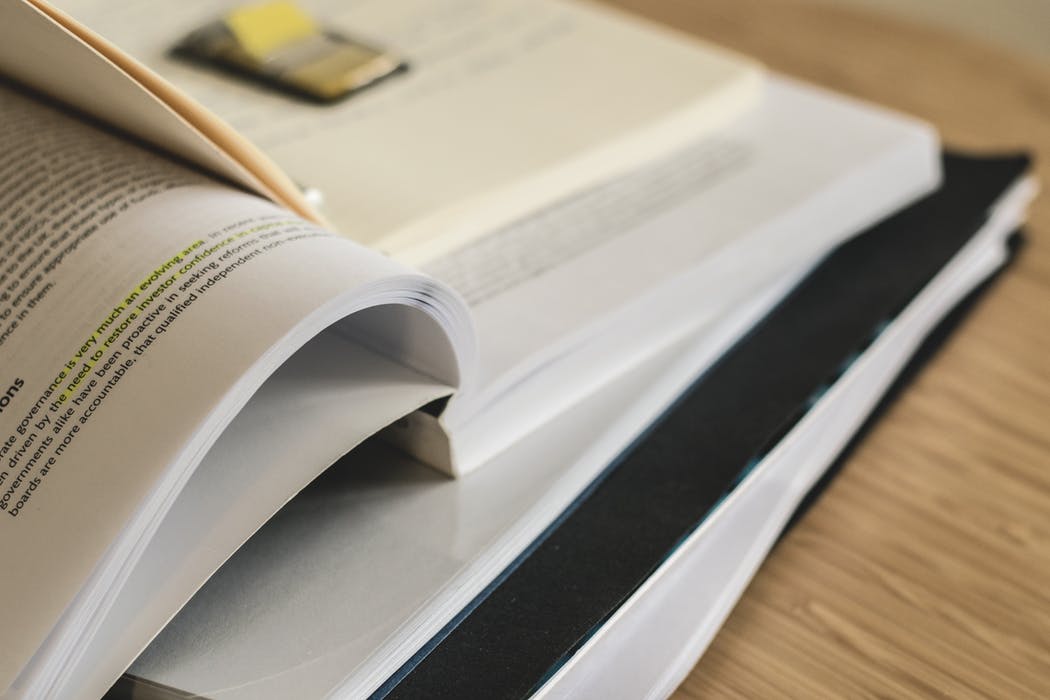Taking Notes On/In Your Textbook: A Guide
For a number of your classes, the textbooks you use will undoubtedly be a valuable resource when it comes to studying and doing homework well. Sometimes, however, you may need a little bit of help making full use of your textbooks -- namely, how to take effective notes on the required content.
After all, taking notes on textbook material can become a bit tedious after some time. What’s more, there is often a lot of material to be covered, which can get quite overwhelming when you’re attempting to pull together a well-organized study guide for your next quiz or exam.
If this is something you struggle with or would like help with, read on for some suggestions on how to best take notes for your textbooks!

Look for keywords and definitions that are in bold or italicized.
The great thing about textbooks is that they do a lot of work for you. In other words, they often draw attention to certain important words and phrases that you need to know by putting them in a bold or italic font. While reading the textbook, you’ll be able to easily pick out these key definitions. If you prefer seeing a list of words, the end of each chapter or sometimes even each section includes a list of all the key terms and definitions in one place, along with the page numbers on which you can find them. Knowing where and how to find these words is super helpful and can save you a good deal of time and effort when putting together your notes.
If you are allowed, highlight, underline, and annotate.
Most textbooks, whether you buy or rent, allow you to write in them. With that being said, if you are someone who finds it helpful to write in the textbook, go for it! Bust out your favorite highlighters, pens, pencils, markers, sticky notes, and any other supplies you may need to effectively take notes. If you are a very organized person and enjoy color coding systems, you may find it helpful to use different colored highlighters and markers. You may also want to write down notes in the margins so that you can make things a bit easier for yourself, when you decide to go back and look over what you’ve read.
Organize your outline based on the headings and subheadings given in the textbook.
Another great thing about textbooks is that they usually already have information organized under specific headings and subheadings. These categories are particularly valuable in helping you organize and format your study guide, as they are essentially pre-determined categories for you that form the basic structure of your outline. Take advantage of these headings and subheadings, or at least use them as a springboard for the skeleton of your outline, because using them can save you a great deal of time and brain energy.
 At the end of each section, jot down a few main points to summarize what you’ve just read.
At the end of each section, jot down a few main points to summarize what you’ve just read.
One thing you should refrain from doing is reading the entire chapter in one go without taking any notes. Instead, you should pause every so often -- perhaps after every main section -- to write down a few notes summarizing what you’ve just read. This method will prove super helpful when it’s time to go back and look over your notes, as you’ll have mini summaries along the way to guide your understanding of what the textbook chapter is talking about.
Paraphrase your summaries and notes.
A key part of taking good, effective notes is being able to actually understand what you’re reading -- otherwise, you’re not truly learning anything.
As a result, it’s important to be intentional about putting the textbook material into your own words, rather than simply copying from the book word for word. When you copy word for word, it’s much too easy to put your brain on autopilot and to not truly process any new information. But when you take the time to actively think about the material and formulate your own thoughts and ways of conveying the information, you are able to process everything much more clearly than if you mindlessly copied word for word.
Make use of the summaries and questions provided by the textbook.
Many textbooks include their own summaries and discussion questions at the end of each chapter. These are very helpful because they are another resource you can use to further your understanding of the material. The questions especially may hint at some things your professor could ask on the upcoming quiz or exam, and can get you thinking more actively about what you really need to know.
Taking notes on your textbook doesn’t have to be scary, confusing, or overwhelming. Simply make sure you are smart about your note-taking decisions, and you’ll be as good as gold.


